Introduction
Students to interaction with their teachers is a cornerstone of a fruitful educational experience. The dynamic of student-teacher interaction plays a pivotal role in fostering a supportive learning environment where students feel valued, understood, and motivated. When students actively engage with their educators, it not only enhances their academic performance but also cultivates a deeper understanding of the subject matter. This interaction is essential in bridging the gap between theoretical knowledge and practical application, allowing students to clarify doubts and share insights.
In today’s educational landscape, where varied learning styles and diverse backgrounds exist, it is crucial for teachers to develop strategies that promote open communication. Such strategies encourage students to express their thoughts and opinions freely, leading to enriched classroom discussions and collaborative learning experiences. This level of engagement can significantly contribute to a student’s confidence and willingness to participate, resulting in improved academic outcomes.
Moreover, strong student-teacher relationships can lead to increased student retention rates and higher levels of satisfaction within the educational system. A supportive environment, characterized by trust and respect, empowers students to take initiative in their own learning journey. When teachers genuinely invest time and effort into understanding their students’ needs, it facilitates a more personalized approach to education, which is beneficial for all parties involved.
Thus, recognizing the importance of student-teacher interaction not only enhances individual learning experiences but also contributes to a holistic educational atmosphere. This blog post will explore effective methods for improving communication and interaction between students and their teachers, ultimately aiming to foster a richer educational environment and drive academic success.
The Importance of Student-Teacher Interaction
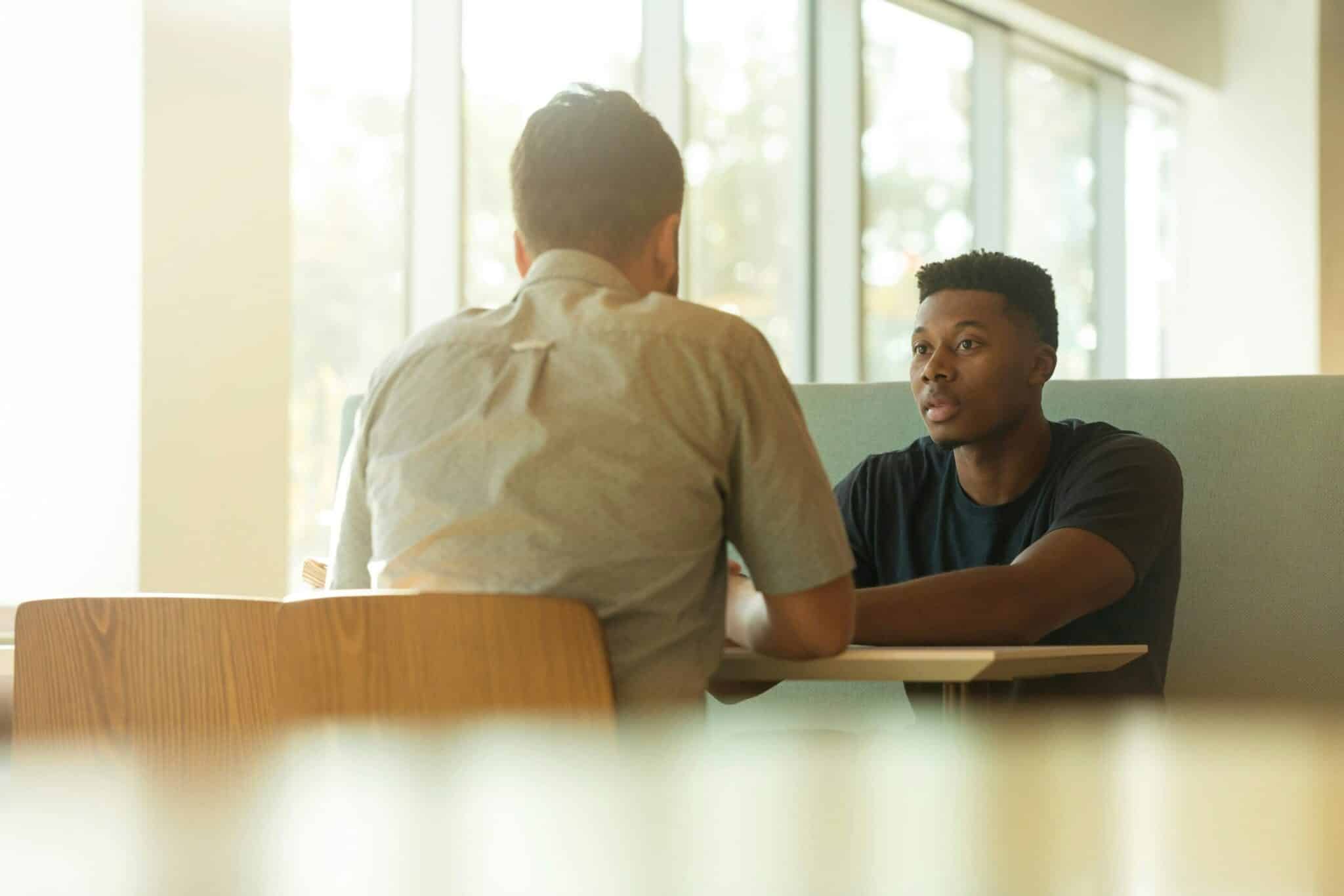
Interacting with teachers plays a vital role in the educational journey of students. When students engage actively with their educators, they create opportunities for building meaningful relationships that can enhance their overall learning experience. This interaction is not merely a formality; it profoundly impacts various aspects of a student’s academic life.
One of the primary benefits of student-teacher interaction is increased engagement. When students feel comfortable communicating with their teachers, they are more likely to participate in discussions, ask questions, and seek clarification on complex topics. This openness fosters a collaborative learning environment where educators can better gauge student understanding, leading to more effective teaching strategies tailored to individual needs. In essence, such interactions create a dynamic classroom atmosphere where students are motivated to explore and learn actively.
Furthermore, interaction with teachers promotes a better understanding of the subject matter. Personalized attention allows educators to identify students’ strengths and weaknesses, which is crucial for adapting lessons accordingly. When teachers can focus on a student’s specific challenges, they can provide targeted feedback and additional resources, thereby facilitating deeper comprehension of the content being taught. This tailored approach not only enhances academic performance but also bolsters students’ confidence in their abilities.
Moreover, student-teacher relationships significantly influence motivation. A supportive teacher can inspire students to strive for excellence and cultivate a love for learning. When students know that their teachers care about their progress, they are more likely to stay motivated and committed to their studies. Ultimately, fostering effective interaction with teachers enables the development of personalized learning trajectories, enriching the educational experience and preparing students for future challenges.
Utilizing Office Hours Effectively

Office hours are designated times during which teachers are available to meet with students outside of the regular classroom setting. These sessions provide a unique opportunity for students to engage directly with their instructors, seek clarification on complex topics, and receive personalized feedback on their academic progress. Understanding how to utilize office hours effectively can significantly enhance a student’s learning experience and academic performance.
To make the most of this valuable time, students should prepare in advance. Begin by identifying specific topics or questions that require clarification. This could include aspects of the course material that are challenging, assignment requirements that are unclear, or broader academic concerns. By coming to office hours with a well-prepared list of questions, students can ensure that their time with the teacher is used productively.
In addition to preparing questions, students should also consider bringing relevant materials, such as textbooks, past assignments, or notes. This allows for a more insightful discussion, helping the teacher to understand the student’s perspective and provide tailored guidance. Engaging in a two-way conversation is crucial; students should actively listen and respond to the teacher’s suggestions, which can lead to deeper understanding and improved academic outcomes.
Lastly, students must recognize the importance of building a rapport with their teachers during office hours. Establishing a professional relationship can create a supportive learning environment where students feel comfortable seeking assistance in the future. By demonstrating initiative and expressing genuine interest in their studies, students can foster positive interactions that extend beyond office hours.
Participating in Class Discussions
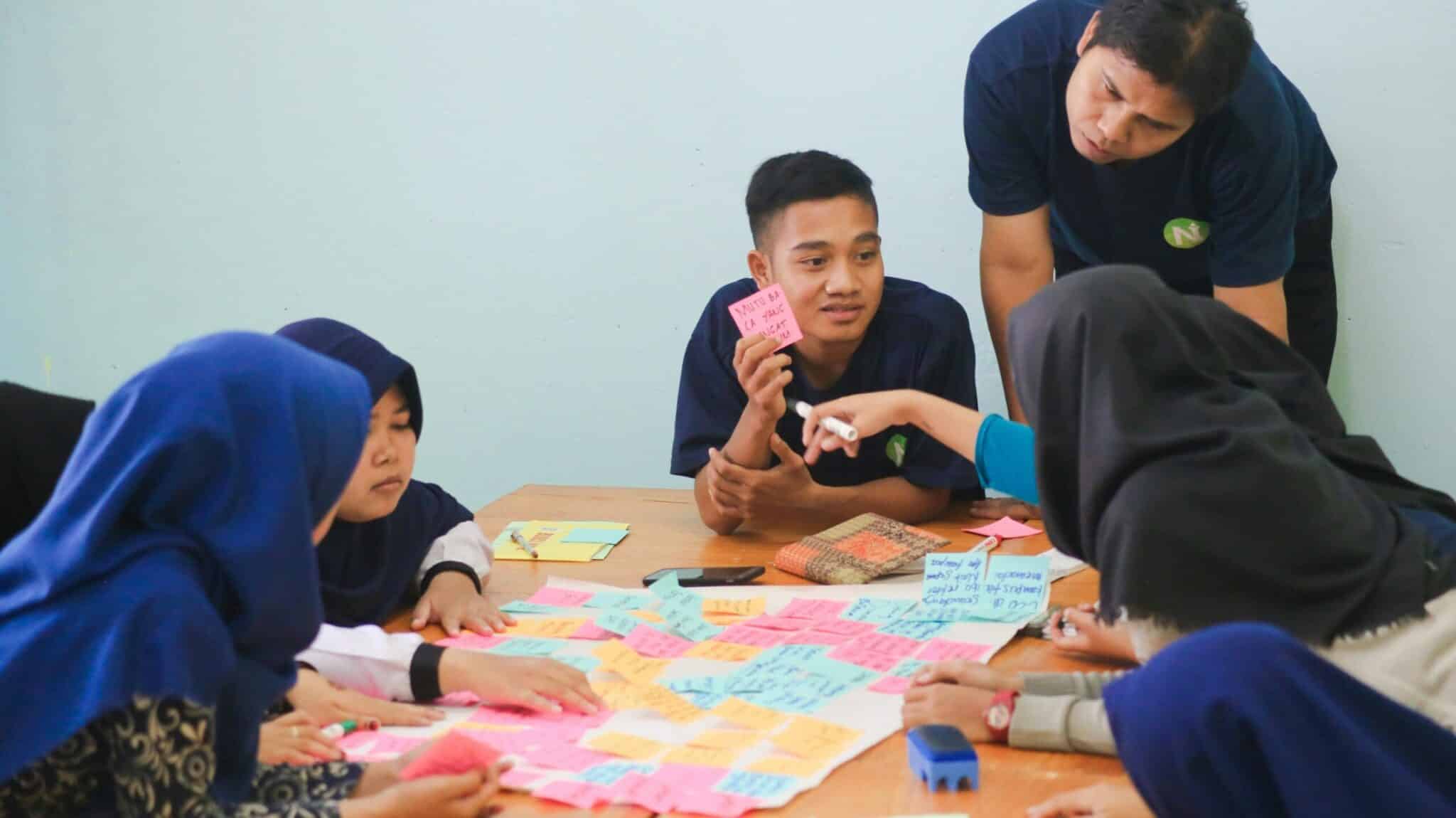
Active participation in class discussions plays a crucial role in the educational experience of students. Engaging in dialogue with teachers not only helps reinforce understanding but also fosters a collaborative learning environment. When students express their thoughts and share their perspectives, they cultivate critical thinking and analytical skills, which are essential for academic success.
One of the most effective ways for students to enhance their interaction with teachers is by asking questions. Inquiry fosters deeper comprehension and encourages students to reflect on the material being discussed. Students should feel empowered to seek clarification on complex topics or to explore related ideas that arise during discussions. This not only aids personal understanding but also enriches the class dialogue, benefiting peers who might share similar uncertainties.
Moreover, speaking up in class offers significant academic advantages. Research suggests that students who participate actively in discussions are more likely to retain information and develop a nuanced understanding of the subject matter. This engagement can lead to improved grades and greater confidence in one’s ability to contribute to academic conversations. In addition, sharing personal insights or experiences related to the curriculum can make learning more relatable and impactful for both students and educators.
Students should also consider using formal and respectful language when participating in discussions, as this demonstrates professionalism and respect towards their teachers and classmates. Establishing eye contact and addressing the teacher by name can foster a more personal interaction, further enhancing the teacher-student relationship. As such, being an active participant in class discussions not only serves to broaden knowledge but also cultivates vital interpersonal skills that students will carry beyond the classroom.
Engaging Through Technology
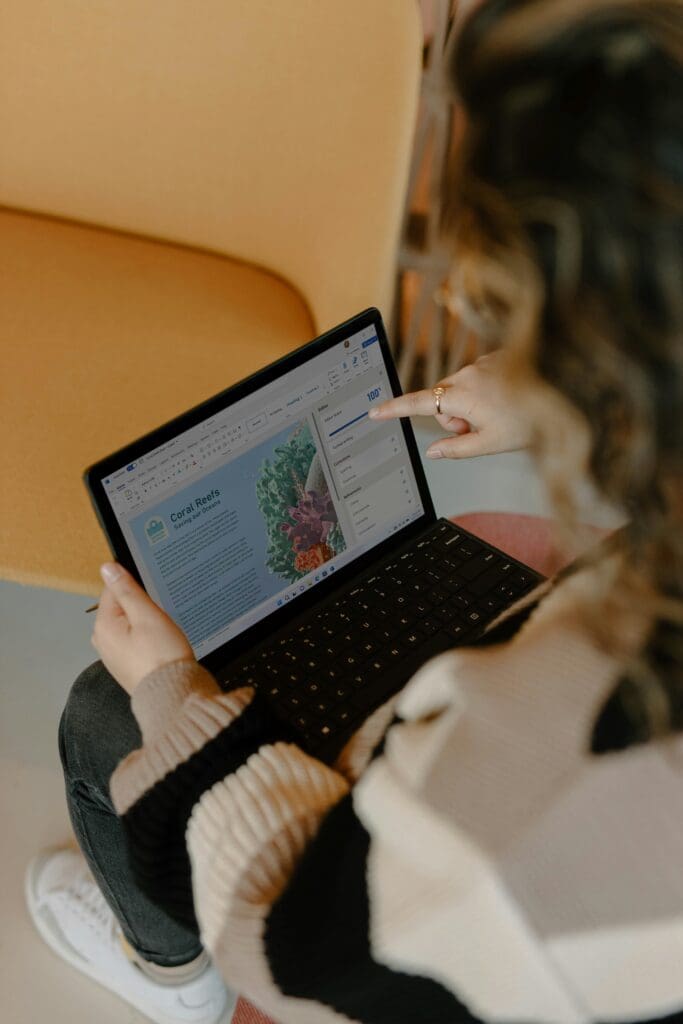
In today’s educational landscape, technology has revolutionized the way students engage with their teachers. Various digital tools and platforms have become essential for fostering effective communication, enabling students to interact more readily with their educators. Among the most widely used tools are email, online forums, and learning management systems (LMS).
Email remains one of the most straightforward and effective methods for student-teacher communication. It provides a platform for students to seek clarification on course material, submit assignments, and discuss academic concerns in a structured format. Best practices for utilizing email include maintaining a professional tone, using clear subject lines, and ensuring that messages are concise and to the point. Students should also consider the timing of their emails, aiming to send them during appropriate hours to facilitate prompt responses.
Online forums are another valuable technology for encouraging student-teacher interaction. These platforms allow for asynchronous discussions, where students can post questions and share insights while teachers can provide feedback, resources, and guidance. Active participation in these forums can enhance the learning experience as students not only interact with their teacher but also engage with their peers. To maximize the benefits of online forums, students should strive to be respectful and constructive in their posts, promoting a positive and collaborative environment.
Learning management systems (LMS) have also emerged as a vital technology in modern education. Tools such as Canvas, Moodle, or Google Classroom integrate course materials, assignments, and communication tools into a cohesive interface. Within these systems, students can easily reach out to their teachers for support, access learning resources, and submit assignments. To ensure effective communication within an LMS, students should familiarize themselves with the platform’s features and follow specific guidelines set by their institutions.
Utilizing these technologies effectively allows students to foster a productive dialogue with their teachers, enhancing their overall academic experience. As the role of technology in education continues to evolve, embracing these tools will empower students to take charge of their learning journey.
Building a Rapport with Teachers
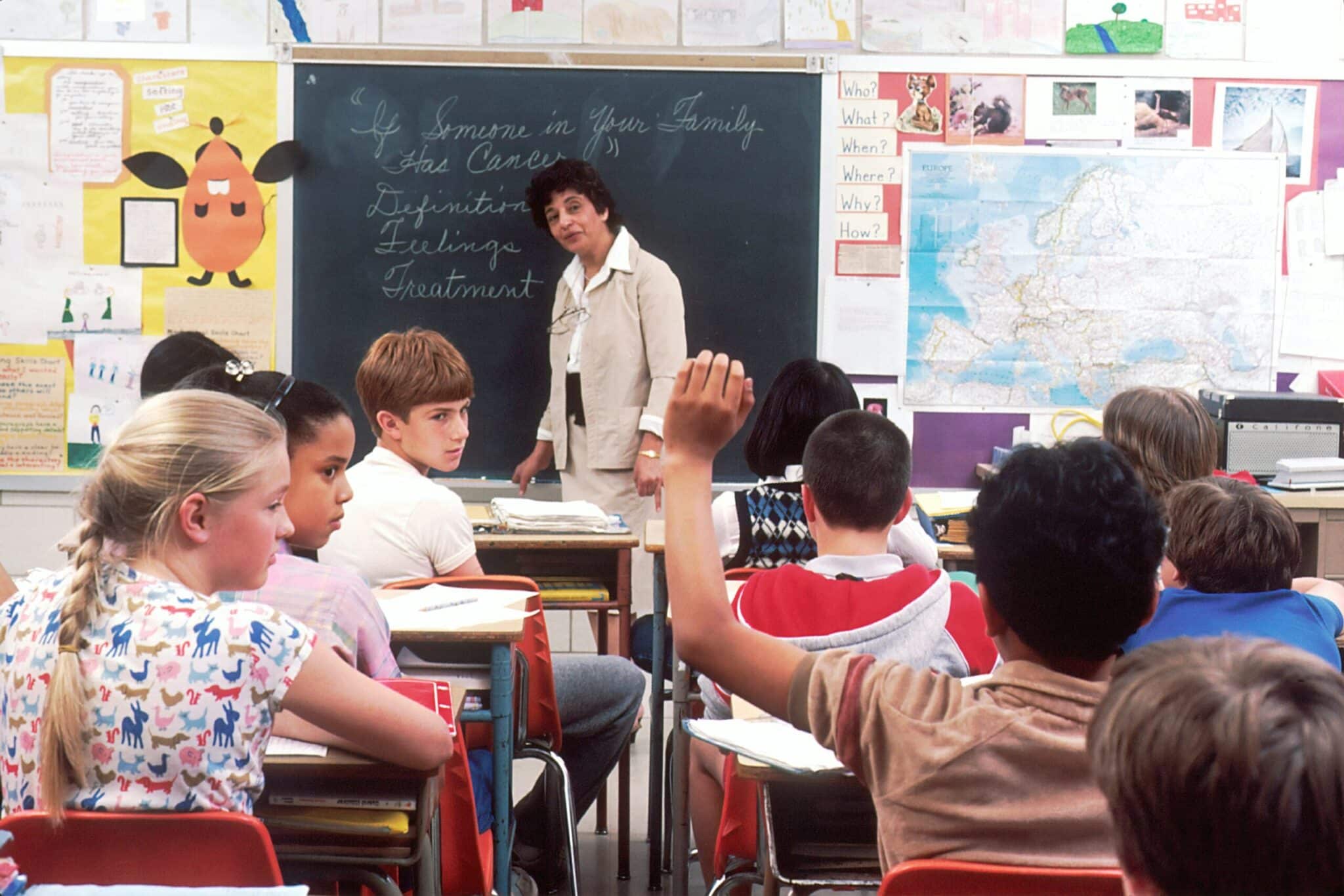
Establishing a strong rapport with teachers is essential for creating a conducive learning environment. When students foster positive relationships with their educators, it can lead to enhanced academic performance, increased motivation, and improved overall satisfaction with their educational experience. Building trust and mutual respect forms the foundation of these relationships, allowing for open communication and a supportive classroom atmosphere.
One effective way to cultivate rapport is by demonstrating a genuine interest in the subject matter. Students who show curiosity and enthusiasm about the topics being taught are often viewed more favorably by their teachers. This can be achieved by asking thoughtful questions, participating actively during lessons, and pursuing additional reading or projects related to the subject. Such engagement not only helps in reinforcing the concepts but also signals to the teacher that the student values their expertise and instruction.
Another crucial aspect of building a rapport is maintaining a respectful demeanor. Demonstrating respect in communication—whether through polite interactions, punctuality, or being attentive during lectures—contributes significantly to the relationship. Teachers appreciate students who acknowledge their authority and adhere to classroom norms. Additionally, this respect fosters an atmosphere where students feel comfortable seeking help or clarification when needed, further solidifying the connection between them and their teachers.
Engaging in friendly conversations outside of formal academic discussions also plays a pivotal role in rapport-building. By taking the time to discuss interests, hobbies, or current events, students and teachers can connect on a personal level, enriching their interaction. Such informal exchanges can lead to increased mutual understanding and a sense of camaraderie, making the classroom a more inviting space for learning and collaboration.
Collaboration on Projects and Group Work
Collaboration in group projects offers an invaluable opportunity for students to interact with their teachers in a meaningful manner. By engaging in collaborative efforts, students not only work alongside their peers but also create a platform for open communication with their instructors. Effective interaction can significantly enhance the overall learning experience and foster a supportive academic environment.
To ensure a successful collaborative project, it is essential for students to adopt effective communication techniques. One pivotal method involves dividing tasks among group members based on individual strengths and interests. This strategy not only makes the workload manageable but also encourages students to take ownership of their responsibilities. When each member understands their role and how it contributes to the group’s objectives, the chances of fruitful collaboration increase significantly.
As the project progresses, students should actively share ideas and updates with their group members, ensuring that everyone remains on the same page. Regular check-ins can facilitate the exchange of thoughts and encourage creativity. Group members might also benefit from seeking guidance from their teachers throughout the project. Instructors can offer valuable insights, provide resources, and clarify any challenges that arise during the collaboration process.
It is advisable for students to approach their teachers with specific questions or concerns. This targeted communication demonstrates initiative and allows instructors to provide more tailored support. Moreover, setting up meetings with teachers can serve as an opportunity for students to showcase their progress and receive constructive feedback. Such interactions not only help in refining the project but also strengthen the student-teacher relationship, fostering a collaborative learning atmosphere.
Seeking Feedback and Guidance
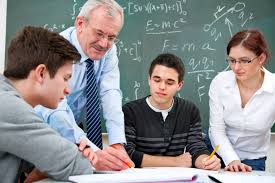
Effective communication between students and teachers is pivotal for academic success, and one of the most impactful ways to foster this relationship is through the pursuit of feedback and guidance. Constructive criticism from teachers can provide students with a clearer understanding of their strengths and areas needing improvement, thus enhancing their educational journey. By seeking feedback, students not only gain insights into their performance but also demonstrate their commitment to learning and personal growth.
To approach teachers for feedback, students should consider a few strategic methods. First, it is advisable to be specific about the aspects of their work on which they seek feedback. For example, instead of asking a blanket question like “How did I do?” students can ask targeted questions such as, “Could you provide insights on my analysis in the recent essay?” This targeted approach shows the teacher that the student is engaged and values their opinion, making it more likely for the teacher to invest time in providing thoughtful feedback.
Moreover, timing plays a crucial role in this interaction. Students should choose an appropriate time, such as during office hours or after class, when teachers are more likely to be available for a detailed conversation. It is important that the student expresses gratitude for any feedback received, as this not only builds rapport but also encourages teachers to provide further assistance in the future.
Should students receive feedback that they do not fully understand, it is entirely appropriate to ask follow-up questions for clarification. Engaging in a dialogue about their work demonstrates a proactive attitude towards learning, allowing teachers to offer valuable guidance. Ultimately, seeking feedback and guidance is not only an essential part of the learning process, but it also promotes a positive environment where students feel empowered to take charge of their educational growth.
Conclusion
In the educational journey, effective interaction between students and their teachers plays a pivotal role in shaping a productive learning environment. Throughout this blog post, we explored several strategies that students can adopt to enhance their engagement with educators. Key practices such as active participation in class discussions, seeking feedback, and utilizing office hours foster a more connected relationship that encourages mutual understanding. Furthermore, the development of respectful communication skills allows students to express their ideas and concerns clearly, thereby facilitating constructive dialogue.
It is imperative to recognize that teachers are not merely sources of information but also facilitators of learning. Effective interactions enable students to clarify doubts, deepen their understanding of the subjects, and receive guidance tailored to their individual learning needs. By approaching their teachers with curiosity and respect, students create opportunities for interactive discussions that can fuel their academic growth. Moreover, these engagements can also cultivate a positive classroom atmosphere, promoting collaboration and a sense of belonging.
To truly enrich the educational experience, students must take the initiative in their interactions with teachers. This proactive approach not only enhances their own learning but also contributes significantly to the overall classroom dynamic. In essence, building strong relationships with educators is a vital investment in one’s educational success. As students step forward to engage meaningfully with their teachers, they lay the groundwork for a more fulfilling academic career, characterized by collaboration, support, and ongoing intellectual growth.


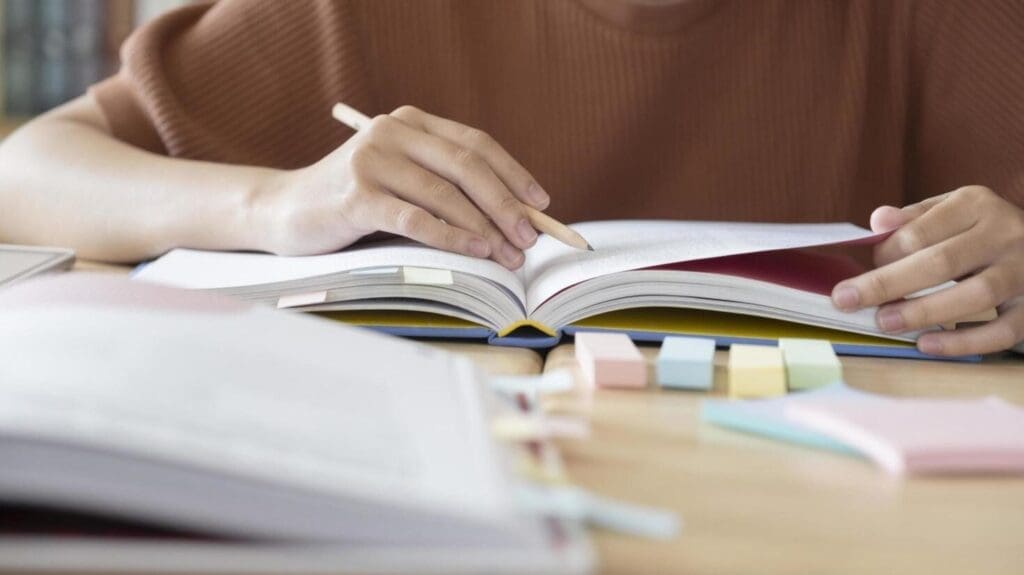
Pingback: Building Strong Teacher Student Relationships for Success